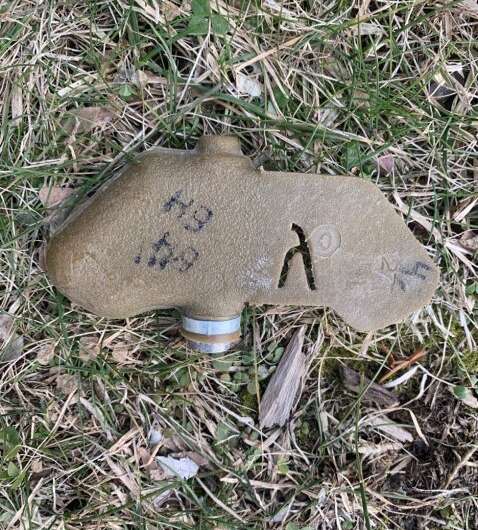Phys.org September 20, 2021
Mines are challenging for clearance operations due to their wide area of impact upon deployment, small size, and random minefield orientation. In their previous work a team of researchers in the US (Columbia University, Binghamton University) focused on developing reliable unpiloted aerial systems (UAS) capable of detecting and identifying individual elements of PFM-1 minefields to rapidly assess wide areas for landmine contamination, minefield orientation, and possible minefield overlap. In their most recent proof-of-concept study they designed and deployed a machine learning workflow involving a region-based convolutional neural network (R-CNN) to automate the detection and classification process. In subsequent trials, they expanded their dataset and improved the accuracy of the CNN to detect PFM-1 anti-personnel mines from visual (RGB) UAS-based imagery to 91.8%. In this paper, they familiarized the demining community with the strengths and limitations of UAS and machine learning and suggested a fit of this technology as a key auxiliary first look area reduction technique in humanitarian demining operations. They provided detailed guidance on how to implement this technique...read more. Open Access TECHNICAL ARTICLE

A Russian-made PFM-1 land mine. Dropped from the air in large batches, the mostly plastic devices are filled with explosive liquid… Credit: Jasper Baur